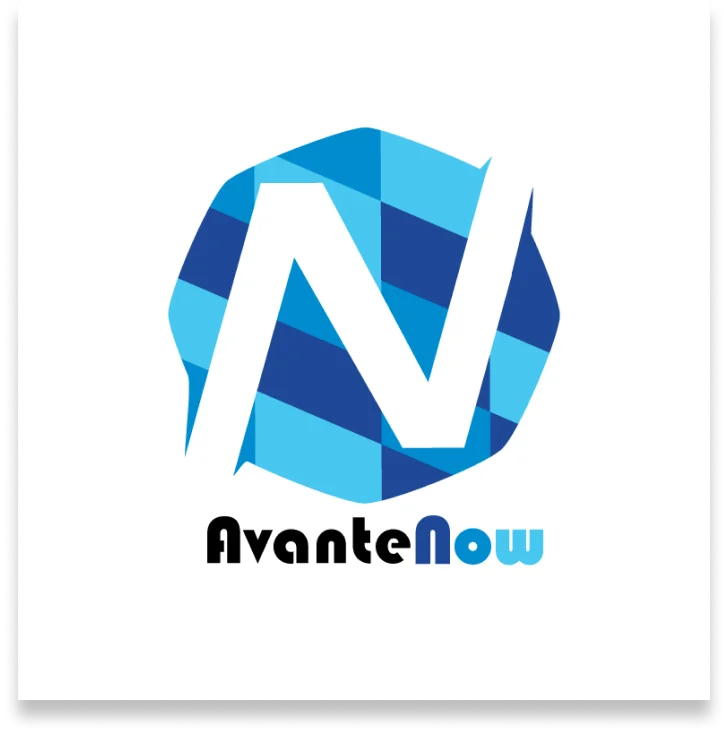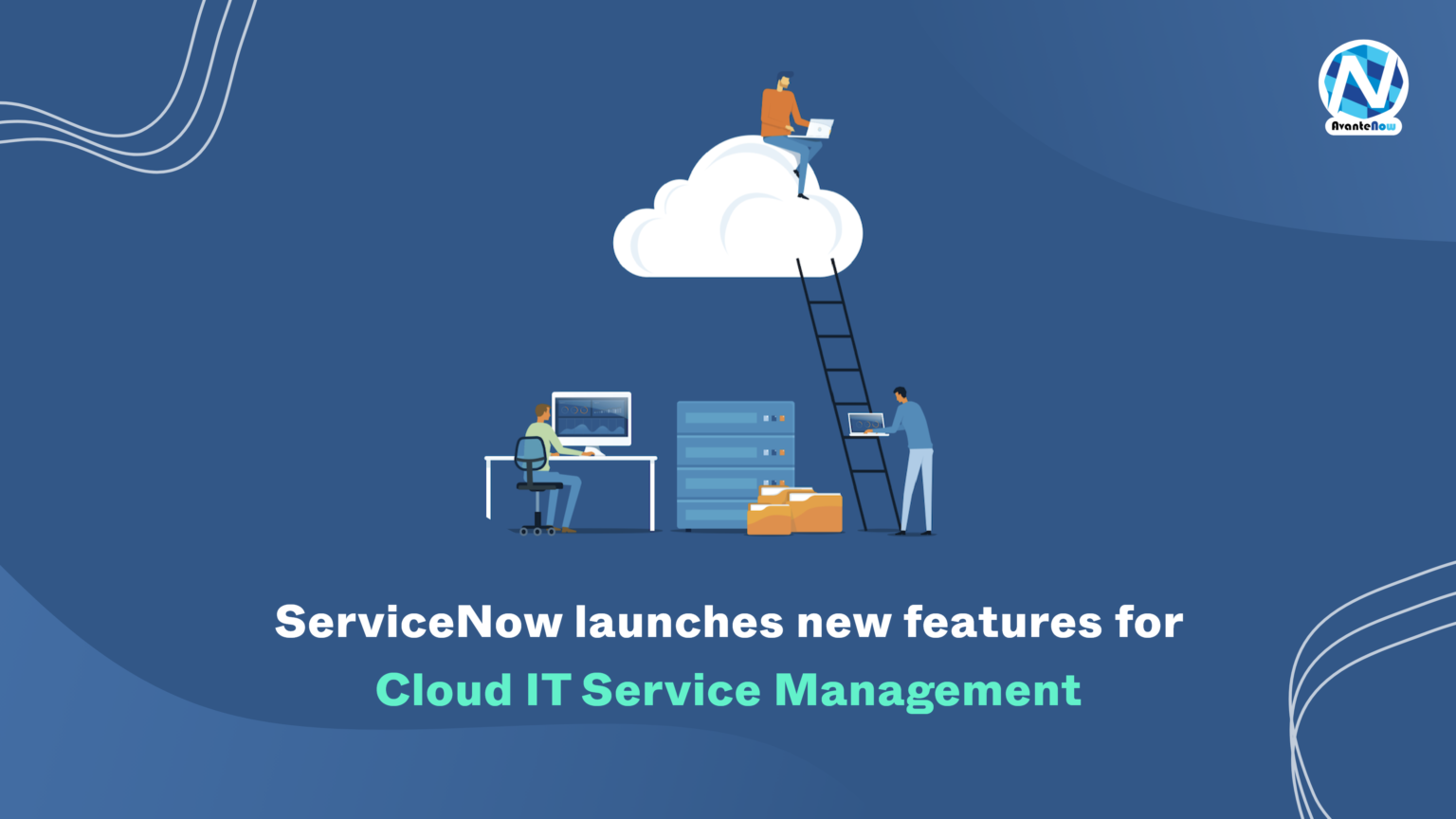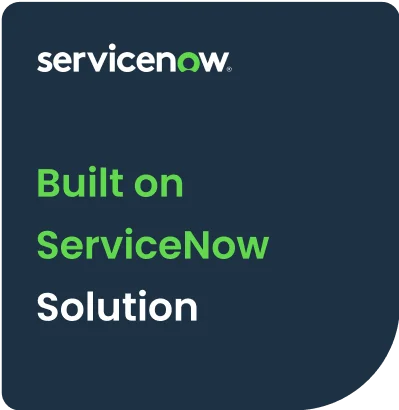ServiceNow introduces three new solutions for cloud IT Service Management to function across enterprises and across the public sector to digitize complicated procedures and boost productivity.
ServiceNow is a cloud-based platform that offers a set of products to assist businesses in digitizing and integrating. With this, they can find more innovative, faster, better ways to make work, flow. And the introduction of its most recent feature set is intended to make remote administration, development, and innovation a lot easier.
ServiceNow, a leader in cloud-based IT service management, has unveiled a number of important technologies during its annual developer conference – Knowledge’22, to enhance low-code governance, government services, and service operations management.
The three new solutions will function across enterprises and across the public sector to digitize complicated procedures and boost productivity, such as:
- Service Operations Workspace: It combines service and operations data into one interface to provide teams with shared visibility into problems.
- App Engine Management Center: It streamlines low-code development governance.
- Public Sector Digital Service: To help government entities offer services more effectively.
A Combination of Service Management and Operations:
ServiceNow has developed into a market leader in the two separate but connected disciplines of IT service management and IT operations management. IT service management (ITSM) is the external help desk that answers inquiries about issues and offers assistance with frequent difficulties like password resets. The back-end technological infrastructure needed to provide services is under the control of IT operations management (ITOM).
These teams’ duties occasionally cross over, like when an operational problem disrupts the user experience. However, the ITSM and ITOM teams have previously employed various systems to track and address user complaints or connect log data with operational concerns.
The new Service Operations Workspace enables both roles to view problems from a single experience to work on the same problem simultaneously and solve issues more swiftly. This decreases downtime, raises production, boosts customer happiness, and promotes efficiency across various groups.
In order to ensure that there is shared information across those teams, the firm asserts that it is assisting in bringing together what is occurring on the front-end communication interaction side and the back-end operational side.
Synchronizing Various Architectures:
The VP of infrastructure and cloud Operations and DevOps at IDC, Stephen Elliot, explains that this is a part of a broader trend aimed at assisting businesses in aligning their technological and business structures. The objectives of the operations and service management teams are the same—excellent customer experiences, high levels of system dependability, and customer satisfaction—but distinct metrics measure them.
By condensing, combining, and automating the processes and workflows between the teams and stakeholders, the new Service Operations Workspace enables teams to communicate and respond more quickly, utilizing shared data that flows across integrated workflows. These dashboards facilitate quicker communication and let other team members engage in the workflow without losing context for the more significant issue.
Nearly every vendor in this market has some form of dashboard and reporting capacity. Still, making the same data useful for various IT and line of business stakeholders can be challenging. These organizations did not need to collaborate in the past, but now stronger cooperation is essential for success.
To determine what processes and experiences added the most significant value across the various interfaces, substantial consumer research was necessary for this development. The operations and service management teams have been waiting a long time for this, and even the customers will value this significant advancement.
The pandemic greatly influenced increased cooperation between service and operations teams. The requirement for remote work raised the complexity of internal services and the supporting infrastructure.
Additionally, many businesses must change how they conduct business and interact with clients. Examples include:
- Grounding a fleet of aircraft.
- Reducing the number of pilots.
- Expanding the use of web-based apps to boost sales.
- Providing staff with secure access to critical programs and collaboration tools.
A technological architecture supports each of these adjustments. The firm will expand and adapt more successfully if its operations and services are better coordinated.
Strengthening Low-Code Governance:
In conjunction with the App Engine platform, the App Engine Management Center (AEMC) aids in integrating low-code application governance into a unified experience. AEMC collaborates with App Engine and combines with Automation Engine, ServiceNow’s RPA product.
Platform administrators may easily create boundaries, implement standards, encourage business and IT collaboration on innovations, and verify for compliance all in one spot. Furthermore, AEMC supports the central management of all low-code app development activities, including app intake, collaboration requests, pipeline monitoring, and deployment duties. Enterprises may adopt the new tool’s best practices for app testing to suit particular use cases or regional laws. The new tool also has best practices built in for testing new applications.
The IDC’s Neil Ward-Dutton, vice president of automation, analytics, and AI Europe, claims that these new management and governance capabilities are not exclusive.
Government Process Optimization:
Public Sector Digital Services gives governments a digital platform to offer experiences that rival those of consumers from request to resolution. The new service comes with prebuilt public sector data models and workflows to aid governments in accelerating innovation, providing better experiences, and responding to requests more quickly.
The service should make it easier for the government to carry out complicated procedures that previously required office visits, paper forms, and obtaining supplementary documents from other government agencies.
Without ServiceNow’s IT Service Management tools, managing different teams’ efforts to work on various projects might be challenging. With the new offering, ServiceNow is now a far more serious contender to be a platform provider that can be utilized widely across dozens of projects in various areas of an organization.



